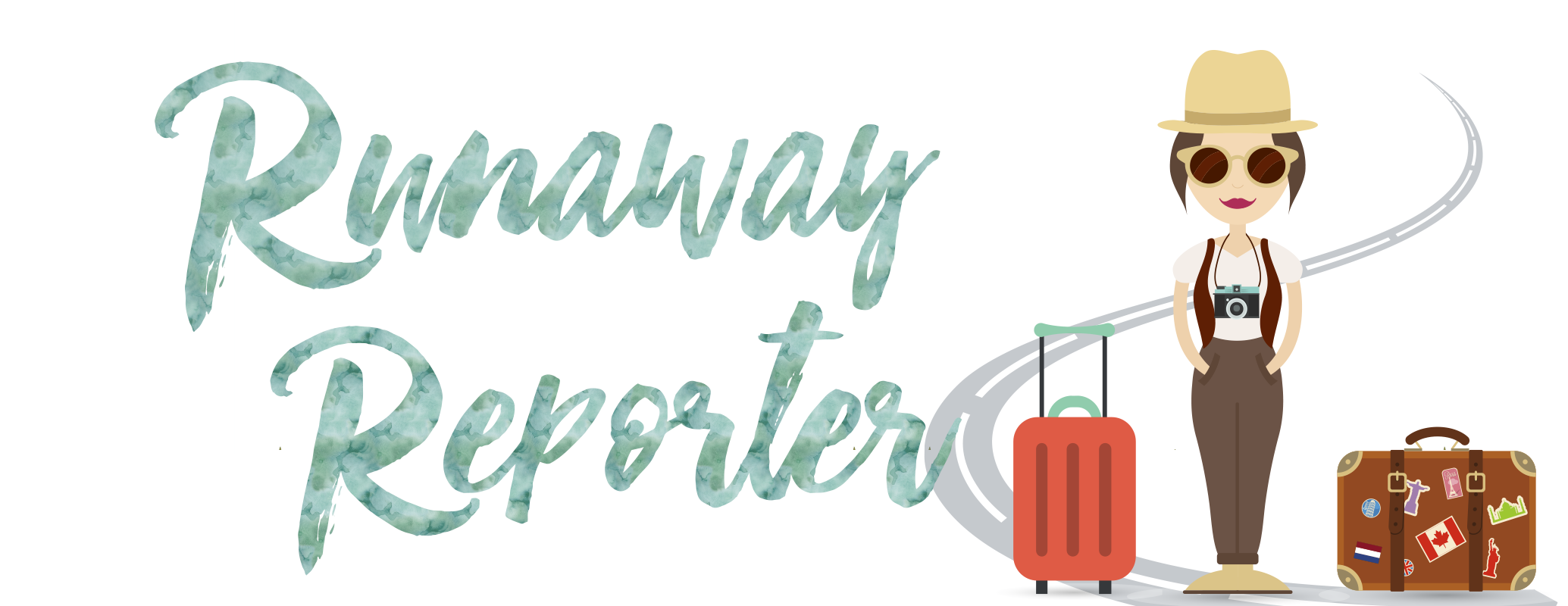
When you start hearing traditional slapstick tunes in bars and seeing pop-up stores selling feestkleding (festival costumes) in the south of the Netherlands, you know carnival is near – and that Dutch towns and residents are itching to erupt into huge street parties of raucous frivolity.
Mainly celebrated in the predominantly Catholic southern provinces of Noord-Brabant and Limburg, carnival was adopted as a religious festival set three days before Ash Wednesday and the fasting season of Lent. It’s a festival about reversing rituals, particularly of social roles and abandonment of desired norms.
Nowadays, its religious meaning has disappeared but the date and practice of overturning daily behaviour remain. The Dutch – and thousands of visitors who flock to the south – temporarily forget their strong belief in ‘being normal’ and don wacky costumes while singing and prancing around the city with drinks in hand. No matter your age, carnival is a playground for children, young revellers and the elderly alike.
Carnival preparations begin in advance, traditionally on day 11 of month 11 at 11.11am – 11 being the fool’s number in the Netherlands. This year the festivals officially start on Sunday 7 February until Tuesday 9 February but some towns celebrate as early as Thursday 4 February and continue the party until the Wednesday, the first day of Lent.
During Carnival, each town changes its name for the occasion; even Amsterdam joined the fun in 2016 by temporarily calling itself Gròòtgragtegat, roughly ‘big place with canals’, thanks to a group of Amsterdam-based residents hailing from North-Brabant.
Other ubiquitous carnival features include a Carnival Prince (Prins Carnaval), who is the master of ceremonies, a Raad van Elf, a group of 11 locals (typically men) who monitor the festivities, and a grand optocht (parade) that typically makes fun of politicans, celebrities and the year’s past events. Further mocking can be heard by the ‘barrel speaker’ (onpraoter,sauwelaar, tonpraoter, buuttereedner or ouwoer depending on the city) in local dialect – just look for the local who is standing on or in a beer barrel, surrounded by laughing carnival-goers.
Only during carnaval will you hear the typical greeting, “Alaaf,” often accompanied by a reversed salute with the top of the right hand to the left temple.
How can you join the raucous fun? Here are some of the biggest events you can attend in the major Dutch cities of the south.

Limburg
Maastricht (Mestreech)
Maastricht is known to have the largest celebration out of all the southern cities. On Saturday 6 February, the city ‘fetches’ the Prince of Carnival from the central station at 1:11pm and he proceeds to lead a parade of floats, marching bands and costumed carousers to the town hall for a reception. Theoptocht officially begins at 2:11pm in front of the Minckelers statue and goes around the city.
In Maastricht, like the rest of Limburg, Carnival is mostly celebrated outdoors and festivities are centred at Vrijthof Square (see events in English).
Venlo (Jocus Riék)
The grand optocht in Venlo takes place on 8 February in the city centre and begins at 12:11pm. There at least 14 parades from 6 to 9 February in the municipality alone. Click here for the parade schedule and here for other events around Jocus Riék during Carnival.
Noord-Brabant
Eindhoven (Lampegat)
During Carnival, there is plenty to do in Eindhoven, otherwise known as Lampegat or ‘light hole’. The festivities begin withFroaje Vrijdag on 5 February with various performances and a party in a huge tent located on the Market Square. The city’soptocht begins the next day at 11:11am in the centre. You can check the parade route here. Popular Carnival spots in Eindhoven include: the Stationsplein, Market Square, Hotel Pullman Cocagne, Wilheminaplein and the famed Stratumseind. For a complete list of events, visit the city’s official Carnival website.

Tilburg (Kruikenstad)
The Opstoet, Tilburg’s annual parade starts on Sunday 7 February at 12:30pm. This year, the optocht will follow a new route and will not be passing Stationstraat. Before the parade, revellers can attend a concert on Wednesday and Thursday and a massive pub crawl on Friday, among other celebrations.
Breda (Kielegat)
The Grand Procession of Kielegat begins on Monday 8 February at 12:49pm at the Nieuwe Haagdijk and follows a route that ends at Boschstraat. The optocht is preceded by a concert at the Chassé Theatre on Friday and a street carnival on Saturday in the Grote Markt, which features local and international acts. For Breda’s full roster of the events, click here.

Den Bosch (Oeteldonk)
Carnaval goes into full swing in ‘s-Hertogenbosch on Sunday 7 February with the city’s optocht, which is cheekily named the Arrival of the Prince Amadeiro in Oeteldonk.
HRH Prince Amadeiro Ricosto di Carnavallo, Lord and Master of Oeteldonk, and his helpers arrive at Oeteldonk Centraal (or Den Bosch station) at 11:11am. After several ceremonies, they march in a procession towards the Market Square where they symbolically honour a farmer named Knillis, the alleged founder of Oeteldonk, with a doll decked in traditional farmer costume. Following that, other parties and events occur all over the historic fortified city.
Gelderland
Nijmegen (Knotsenburg)
Although not technically in Noord-Brabant and Limburg, the people of Nijmegen – or Knotsenburg, as it’s temporarily known – celebrate Carnival with as much passion as their southern peers. Festivities officially begin with a parade on Friday 6 February at 12pm when the people hand over the city’s keys to the Carnival Prince. From then, you can attendvarious events and visit the city’s wide array of cafés until 9 February.

Other provinces
Since Carnival is traditionally celebrated in the south, throngs of people from the rest of Holland – and other countries – descend upon Noord-Brabant and Limburg. However, some Dutch cities also stage smaller parades during that time. Clickhere for their schedule.
Wherever you are in Carnival, just make sure to wear yourcarnavalspakje, leave your manners at home and bring high spirits to the party!
Expatica
Photo credit: Hazelares viaWikimedia Commons (Carnival Prince), Jeroen Moes (photo 2),FaceMePLS (photo 3 and 4).
Originally published by Expatica









